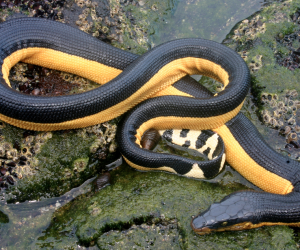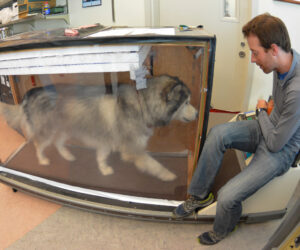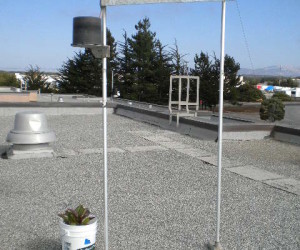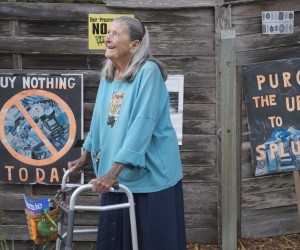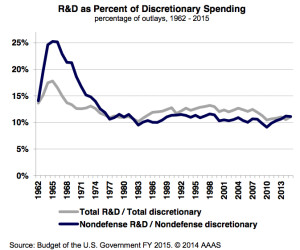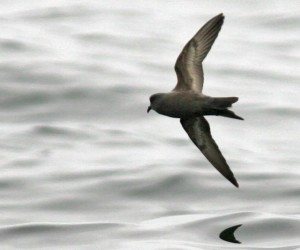As a kid, I spent a lot of time in the woods. Every summer my parents would pack my four siblings and me into the back of our turquoise Ford Windstar and we’d set off for adventure in whatever western wilderness destination we’d chosen that year. Smokey Bear was always there to greet us as…


